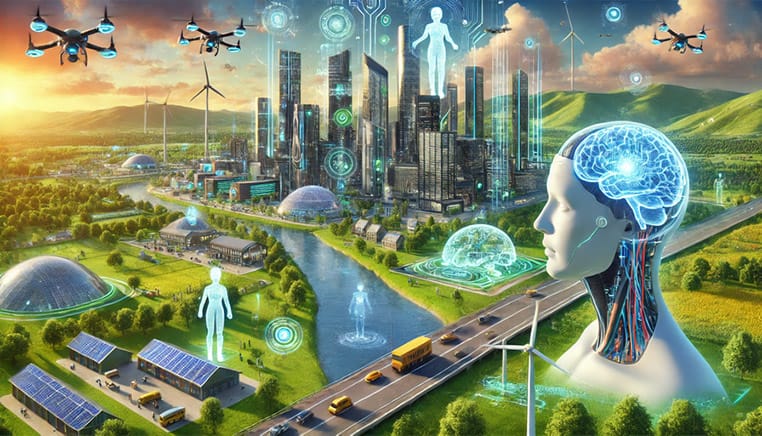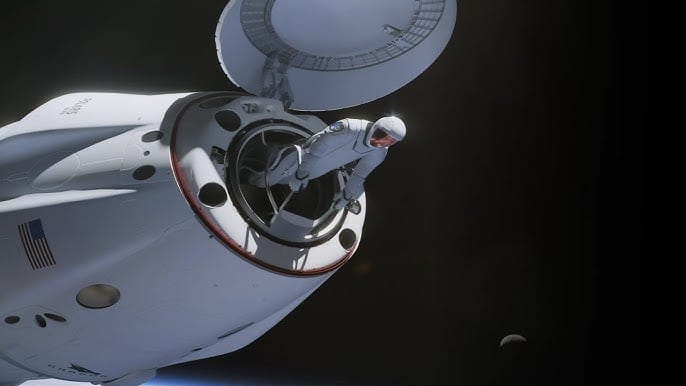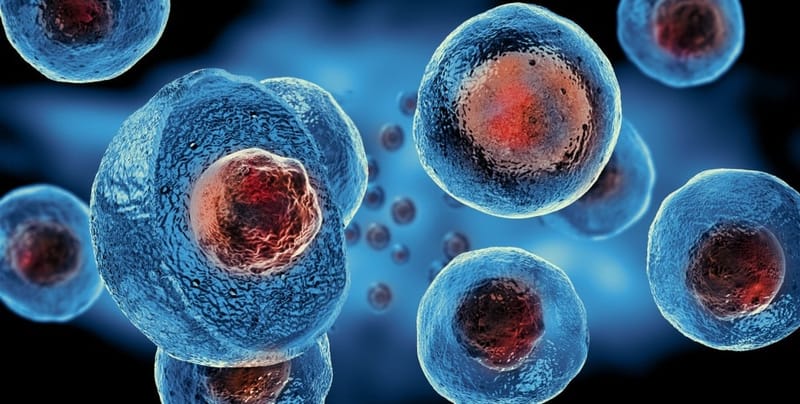Neuralink's BCI: Bridging Minds and Machines for a Sci-Fi Future?
Neuralink successfully implants its brain-computer interface in a second person, advancing human-AI symbiosis and revolutionizing neurological treatment.
Neuralink, the brain-computer interface (BCI) company founded by Elon Musk, has made headlines again by successfully implanting its device in a second individual. This move propels Neuralink closer to its vision of a future where humans and artificial intelligence work seamlessly together.
A Leap Towards Sci-Fi Reality
Neuralink's latest achievement reads like the plot of a sci-fi blockbuster. Musk, known for his audacious ventures, revealed during an eight-hour podcast on August 2 that the second implant is functioning well. The device, which has 1,042 electrodes, is utilizing approximately 400 to transmit signals from the recipient’s brain. Like the protagonist in a futuristic narrative, this recipient has a spinal cord injury, akin to Noland Arbaugh, Neuralink’s first recipient, who was paralyzed from the neck down after a diving accident in 2016.
Arbaugh's story mirrors the struggles and triumphs often depicted in popular culture. Using the Neuralink device, he can control a computer cursor and play video games, much like characters in "Ready Player One" navigate virtual worlds with their minds.
From Fiction to Reality
Neuralink’s BCI, dubbed Telepathy, is a testament to how fiction inspires reality. Unlike other BCIs that attach to the inside of cerebral blood vessels or sit atop the brain, Telepathy features a coin-sized hub implanted in the skull. From this hub, 64 flexible threads run into the motor cortex, the brain's movement control center. A Neuralink-designed robot inserts these threads in just 20 to 40 minutes.
However, Neuralink's journey hasn't been without challenges. The first implant in Arbaugh saw 85% of its flexible threads retract from his brain a month after surgery, diminishing its capabilities. This setback was reminiscent of the narrative twists in dystopian tales, where heroes face adversity before achieving their goals. Neuralink engineers quickly adapted, revising the recording algorithm to capture average neural activity near each electrode, enhancing the device’s performance.
Innovations in Surgery and Stability
During a livestream on July 10, Matthew MacDougall, Neuralink’s head of neurosurgery, discussed improvements to the surgical process to prevent air pockets and better position the hub. This approach is akin to refining the technology in a sci-fi series, ensuring each iteration is more effective than the last.
Neurosurgeon Sameer Sheth from Baylor College of Medicine praised the advancements, highlighting their potential impact on human health. Yet, concerns remain about the device’s stability, as noted by Vikash Gilja, chief scientific officer at rival BCI company Paradromics. The brain's constant movement and the long-term effects on the electrode threads are uncertainties that echo the tension in tech-centric thrillers.
Towards a Cybernetic Future
Elon Musk’s vision for Neuralink is reminiscent of the cybernetic enhancements seen in movies like "Ghost in the Shell" or "The Matrix." Some envisions BCIs enabling humans to work in symbiosis with AI, helping with conditions like psychosis, seizures, and memory loss. This ambitious goal aligns with the concept of human augmentation that has fascinated audiences for decades.
Anna Wexler, a neuroethicist at the University of Pennsylvania, cautioned against overselling the technology to potential study volunteers, emphasizing the need for realistic expectations. As in any great sci-fi story, the path to technological utopia is fraught with ethical dilemmas and challenges.
As Neuralink continues to refine its BCI technology, the world watches with anticipation, eager to see how this fusion of human and machine will unfold. The implications for medicine, human enhancement, and our collective future are vast, promising a reality that once existed only in the realm of imagination.






